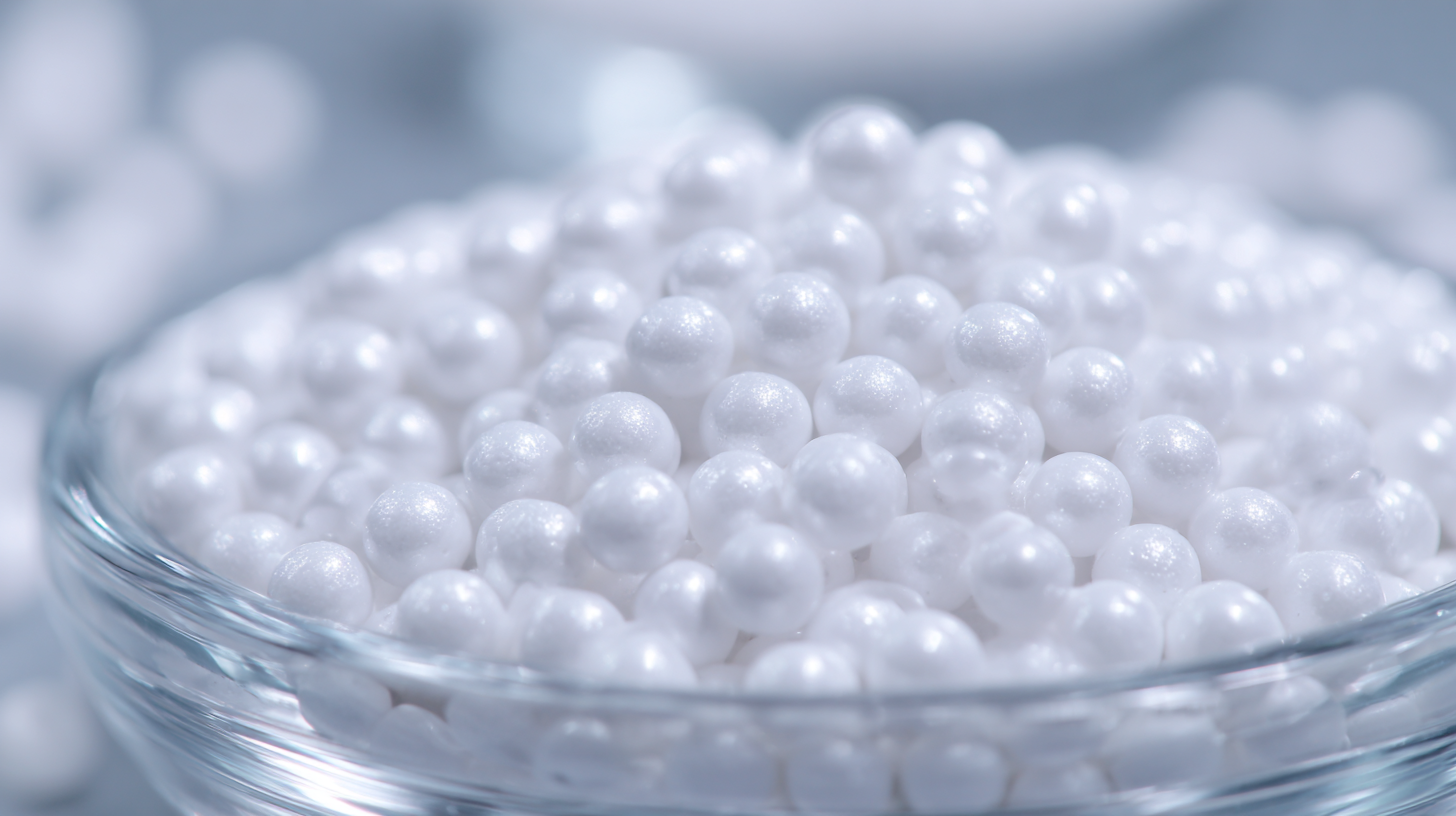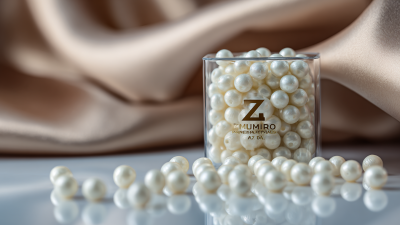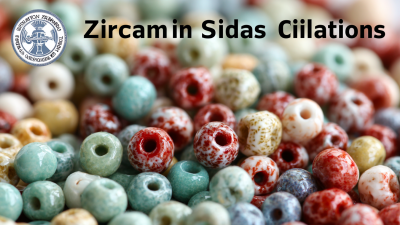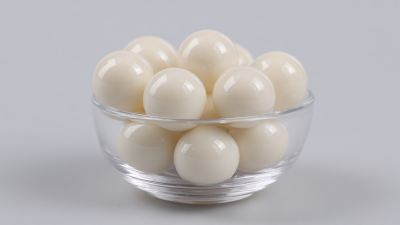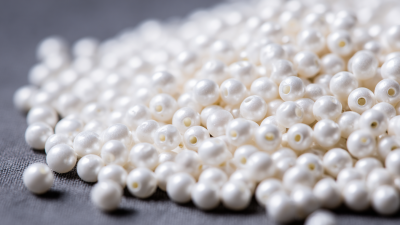In the realm of industrial applications, the use of high-performance materials is essential for optimizing productivity and enhancing efficiency. Among the standout options are the 65 Ceramic Zirconium Silicate Beads, which have gained traction in various sectors including coatings, paints, and inks. According to a recent market analysis by Grand View Research, the global market for silica beads is projected to reach USD 5.2 billion by 2025, growing at a compound annual growth rate (CAGR) of over 6%. This growth can be attributed to the unique properties of zirconium silicate beads, such as their superior hardness, durability, and resistance to wear, which significantly improve the performance of grinding and dispersing operations. To fully harness the benefits of 65 Ceramic Zirconium Silicate Beads, it is crucial to implement best practices that can maximize their performance. In this blog, we present seven essential tips aimed at helping you achieve optimal results with these versatile materials.
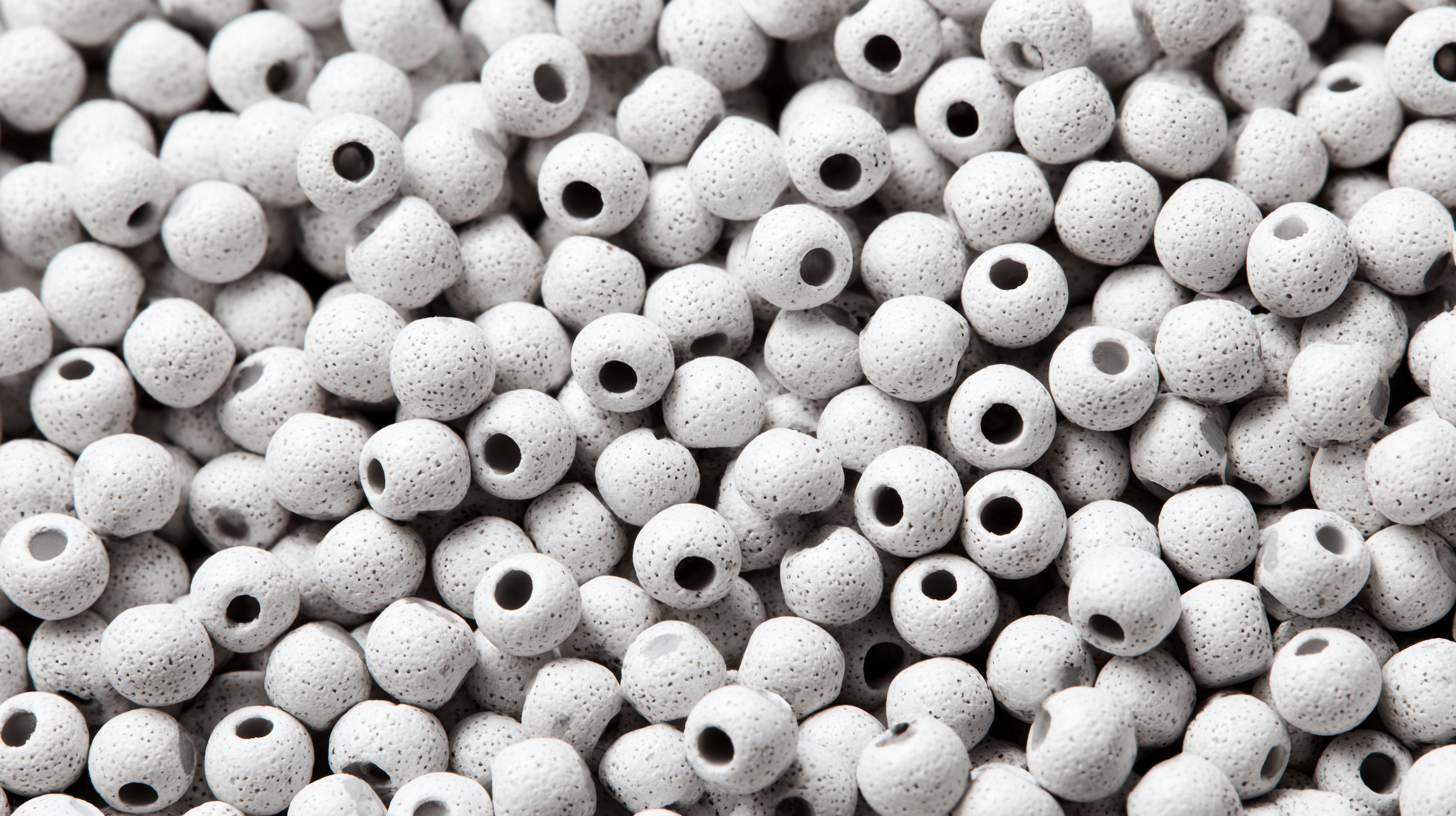
The use of 65 Ceramic Zirconium Silicate beads has gained attention in various industries due to their exceptional performance characteristics. These beads, known for their high density and strength, offer significant advantages in applications ranging from milling and grinding to polishing and surface finishing. Their composition allows them to withstand extreme conditions, making them ideal for both wet and dry processes, thereby enhancing productivity and efficiency.
One of the standout benefits of 65 Ceramic Zirconium Silicate beads is their ability to produce fine particle sizes while minimizing wear on equipment. This not only extends the lifespan of machinery but also reduces maintenance costs, allowing businesses to focus on growth and innovation. Additionally, these beads demonstrate excellent thermal stability, which is crucial for processes that involve heat generation. By integrating 65 Ceramic Zirconium Silicate beads into your operational strategies, you can achieve superior results and optimize overall performance in your applications.
The performance of zirconium silicate beads is critical in various industrial applications, particularly in chemical processing, due to their unique properties. Key factors influencing their efficacy include particle size, shape, and surface treatment, which directly impact their dispersion stability and mechanical strength. For instance, finely milled beads tend to provide better milling efficiency, while specific surface modifications can enhance their compatibility with different matrices, thus optimizing their performance in applications ranging from paints to pharmaceuticals.
Moreover, the recent growth in the zirconium market, valued at $1.9 billion in 2023, underscores the increasing demand driven by diverse applications. Industries are continuously exploring innovative uses for zirconium silicate beads, and advances in material science, such as improvements in aerogel technology for CO2 capture, indicate that the material's versatility may expand further. As the market evolves, leveraging these key factors will be essential for maximizing the performance of zirconium silicate beads across various sectors. Understanding and applying these principles will be crucial for companies aiming to enhance their product offerings and maintain a competitive edge in the global market.
| Tip | Description | Application | Performance Factor |
|---|---|---|---|
| 1. Optimize Bead Size | Choose the appropriate bead size based on the specific application to enhance interaction and efficiency. | Grinding and Milling | Increased Surface Area |
| 2. Adjust Temperature | Maintain optimal temperatures to prevent bead degradation and ensure consistent performance. | Ceramic Processing | Enhanced Durability |
| 3. Optimize Mixing Speed | Adjust mixing speeds to improve dispersion and achieve a uniform mixture. | Paint and Coatings | Better Homogeneity |
| 4. Use of Wet vs. Dry Processing | Select the appropriate processing method to suit the material and desired outcome. | Mineral Processing | Optimized Material Flow |
| 5. Monitor Grinding Time | Limit grinding time to avoid excessive wear on beads and maintain product quality. | Metalworking | Maintained Performance |
| 6. Proper Bead Replacement | Schedule regular replacement of worn beads to ensure consistent output and quality. | High-Volume Applications | Consistent Quality |
| 7. Maintain Equipment | Regular maintenance of equipment helps prolong the life of the beads and enhance overall performance. | All Applications | Reduced Downtime |
When selecting 65 ceramic zirconium silicate beads for optimal performance, it's crucial to consider several factors that enhance efficiency in their application. First, assess the attributes of the beads, such as size and density, as these significantly influence their functionality in various processes. A focus on uniformity and precision in these characteristics can lead to improved outcomes, whether in grinding, milling, or other industrial applications.
In addition, staying informed about emerging trends in sustainable materials is essential. The innovations in the production of ceramic beads, driven by sustainability, enhance not only their performance but also their eco-friendliness. Utilizing technologically advanced processes can result in the creation of highly efficient ceramic beads that minimize waste and energy usage. Implementing these best practices not only maximizes the performance of the 65 ceramic beads but also aligns with the growing commitment to sustainability within the industry.
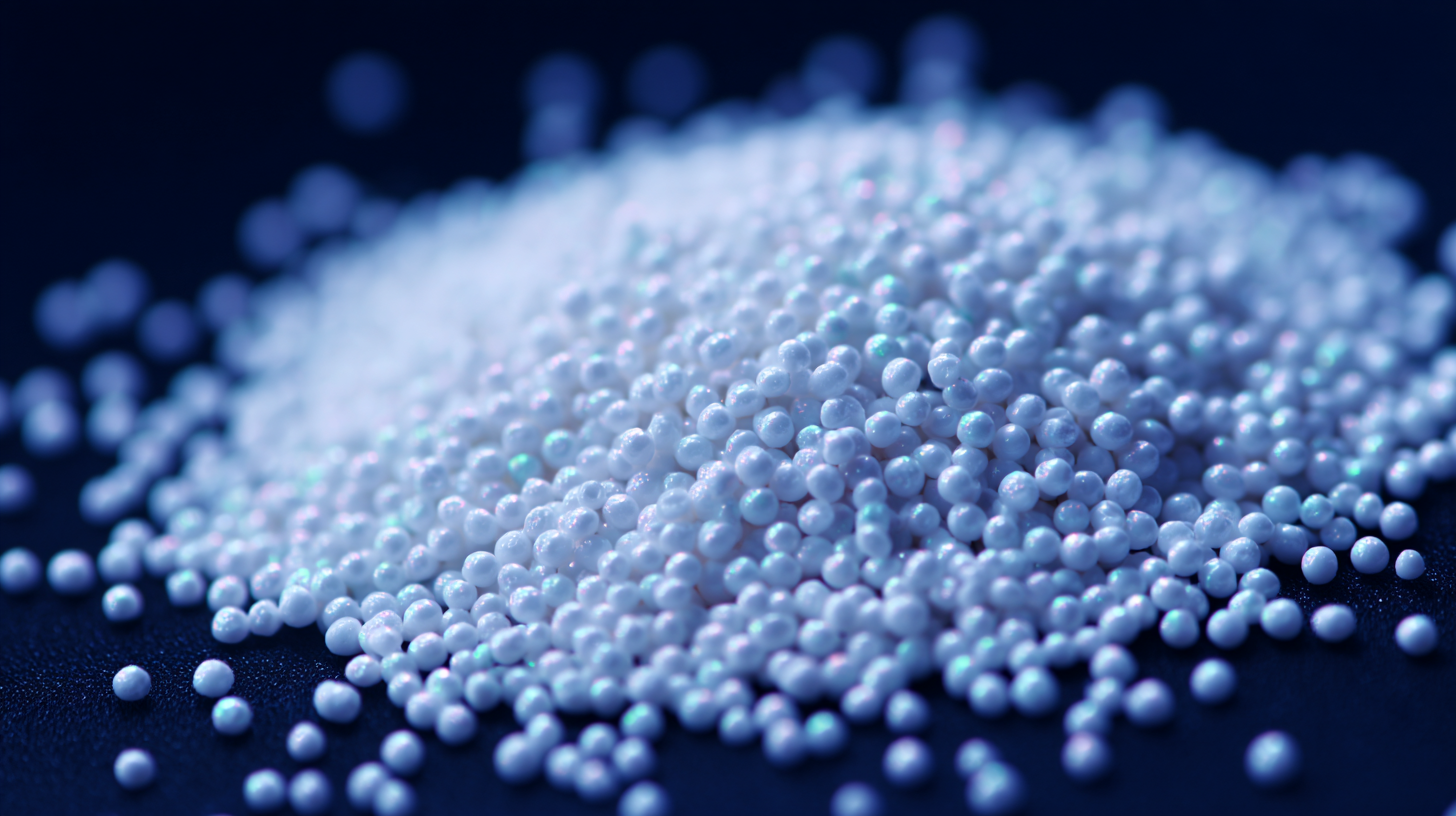
When it comes to maximizing performance with 65 ceramic zirconium silicate beads, focusing on their durability and longevity is crucial. One innovative technique is to implement a strategic selection of milling conditions. By meticulously adjusting parameters such as speed, time, and temperature during the milling process, manufacturers can significantly enhance the structural integrity of the beads. This ensures that they withstand mechanical stress better, leading to improved performance in various applications.
Another effective method for optimizing the lifespan of zirconium silicate beads is through the application of advanced surface treatments. These treatments not only improve the wear resistance of the beads but also enhance their overall chemical stability. For instance, coating the beads with specialized materials can protect against harsh environments, reducing the rate of degradation and maintaining optimal functionality over extended periods. By leveraging these innovative techniques, users can ensure that their ceramic zirconium silicate beads provide reliable and consistent performance, making them a valuable investment in high-precision applications.
In the realm of advanced material science,
65 ceramic zirconium silicate beads have gained considerable attention
due to their superior performance in various industrial applications. A comparative analysis reveals
that these beads outperform other traditional materials, such as glass, steel, and plastic.
According to a report by Research and Markets, the use of high-quality ceramic materials can enhance
grinding efficiency by up to 30% compared to glass beads, leading to reduced operational costs
and improved product quality.
Another key aspect to consider is the durability of
65 ceramic zirconium silicate beads. Industry studies indicate that
these beads exhibit a lower wear rate and higher resistance to chipping, with a lifespan that is approximately
40% longer than that of steel beads. This characteristic is particularly beneficial in
high-energy milling processes, where material loss and replacement costs can significantly impact productivity.
Additionally, their chemical inertness ensures minimal contamination of the milled products, making them ideal
for industries requiring stringent purity standards, such as pharmaceuticals and
food processing.
